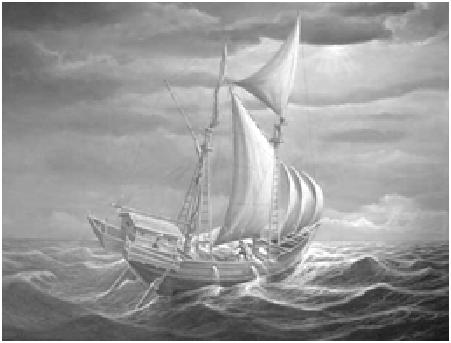Toala (dwarf human skeleton) of Leang Pata'E Maros district of Indonesia.
Somewhat surprisingly, previously not many know that the village has a historical and cultural background is very interesting. Even one of the centers. stone age culture, "Abris Sous Roche" general term "man cave dwellers past" since the study, Leang Leang-Inventors Goa Heekeren Mister and Miss Van Heeren Palm, Two Dutch archaeologists in 1950, saying that "the age of ancient paintings in Leang Leang- estimated 5,000 years. Some archaeologists even believe that some of the caves have been inhabited since 8000-3000 BC (BC). In a cave inhabited by a tribe Toala, so the figures researchers Fritz
Paul Sarasin and Sarasin, who discovered the tribe Toala, is still regarded as a direct descendant of the prehistoric inhabitants of South Sulawesi.
Since then Toala of Leang Pata'E in Lomoncong, at the end of the Maros district of South Sulawesi, may be regarded as an international village where the discovery of two traces of Culture and Mesolithikum Paleolithikum. an isolated village. but it's easy to get there.
Privileged Archaeological Park Leang-Leang, not only has been known as one of the mainstays of cultural tourism in South Sulawesi that always gets attention and is often visited by tourists.
At first glance the area of cultural tourism is said to stone age by researchers Paul and Fritz Sarasin Sarasin teruang in a collection of research papers (in Indonesian & English, by entering a few phrases in the dictionary Antropolg leksitas) has been published in book form as an interesting reference.
Leang-Leang land status, in society not only as a place of finding an ancient civilization, but at the same time "guard intellectual traditions of the descendants of Bugis-Makassar", there also found a flake in it, which side of the jagged arrowhead (3 in dimension) l . Toala Culture in Traditional Weaving Tools Collection (Museum of La Galigo) can be seen that the weaving culture in South Sulawesi are thought to originate from the prehistoric era, the kind of legacy is estimated as a garment maker support (materials) of bark and fibrous plants.
When a man's knowledge of that era began to grow they find the display is a better way> to weave the raw material of cotton yarn. From here began to create various kinds of nuances sarongs and traditional clothing. (From the collection of the Museum of Traditional Weaving Equipment La Galigo).
Journey to the archaeological park to the village is not difficult. Most easily and quickly is through the City of Maros can be reached by bus, public transport or about half an hour or a trillionth of four hours. central park site "the Rock", an old village with paddy fields and the trajectory of the cave can be enjoyed along the road are showing a very neat and orderly, the beauty of the past holy sacred hatch into history trail. Archaeological sites running "as if pulled stretching past events when nature itself is painted his body with the landscape", or outstanding work toale, was separated with the present, contact persons Kaimuddin Mbck> Maros humanists (https://web.facebook.com/sang.baco)






















